Disclosure: Meeple Mountain received a free copy of this product in exchange for an honest, unbiased review. This review is not intended to be an endorsement.
Right from the moment I fired up my first play of Tenby (2025, Mighty Boards) with fellow contributor Kev Brantley, the word I kept muttering to myself was “delightful.”
I opened the box and found a small promo sheet, using a QR code to point to a Spotify playlist curated by the game’s designer, Benjie Talbott. Talbott, who is clearly from the game’s namesake town of Tenby, Wales, put together a 44-minute soundscape that also seems to lean into the word “delightful”, with a soundtrack that sounds like it was lifted from a JRPG video game on the Playstation 1. It’s peaceful, it’s scenic, it’s an easy stroll down memory lane.
I would argue that the game itself, too, is easy on the mind. Tenby’s main grab is asking players to build a seaside town using cards built along streets, which can be of any length, and it does this better than a lot of games I’ve previously reviewed, such as Santa Monica and Streets.
In fact, the two main areas where Tenby stumbles are tied to its production and its scoring system. Otherwise, this is one of the more joyous gaming experiences I’ve had this year.
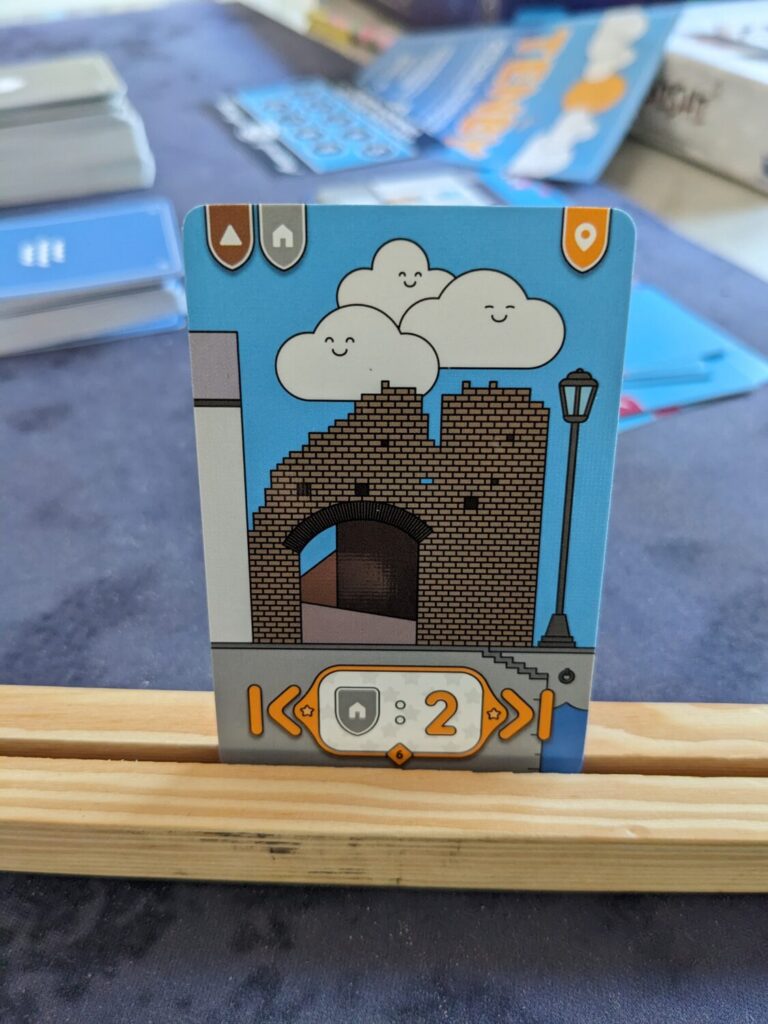
Welcome to Wales
Tenby is a card drafting city building game for 1-5 players. Players will take turns across 10 rounds selecting an order card that dictates their available actions for the current turn. Then, in turn order, players will draft cards and use free actions to create or extend any number of streets using a mix of terrace building, pier, and landmark cards, each of which has its own scoring condition. Along the way, players may also acquire resident cards and align with accolade cards to help boost their end-game score.
That is essentially all of the game’s rules, so I think we’ll pause here to discuss the only two things about this game that didn’t work for me before finishing this review with a mountain of praise.
The first issue is the rulebook. Tenby is a game that can be taught to a child in about five minutes—I know this, because I taught it to one of my kids for this review—but it somehow has one of the most voluminous series of manuals I have ever seen in a board game. It is clear that the team at Mighty Boards did not edit the rules, because it seems like Talbott, who not only built that playlist but is also the game’s designer AND illustrator, wrote the rules and used proofreaders to edit this work instead of using a professional rules writer.
That means that Tenby has a multiplayer rulebook, a solo rules book, a family rule book, a “quick guide”, and a promo sheet listing the function of a few crowdfunding campaign-exclusive cards. All in, the game’s rules total more than 50 pages across its manuals. Remember, I taught this to a child in five minutes.
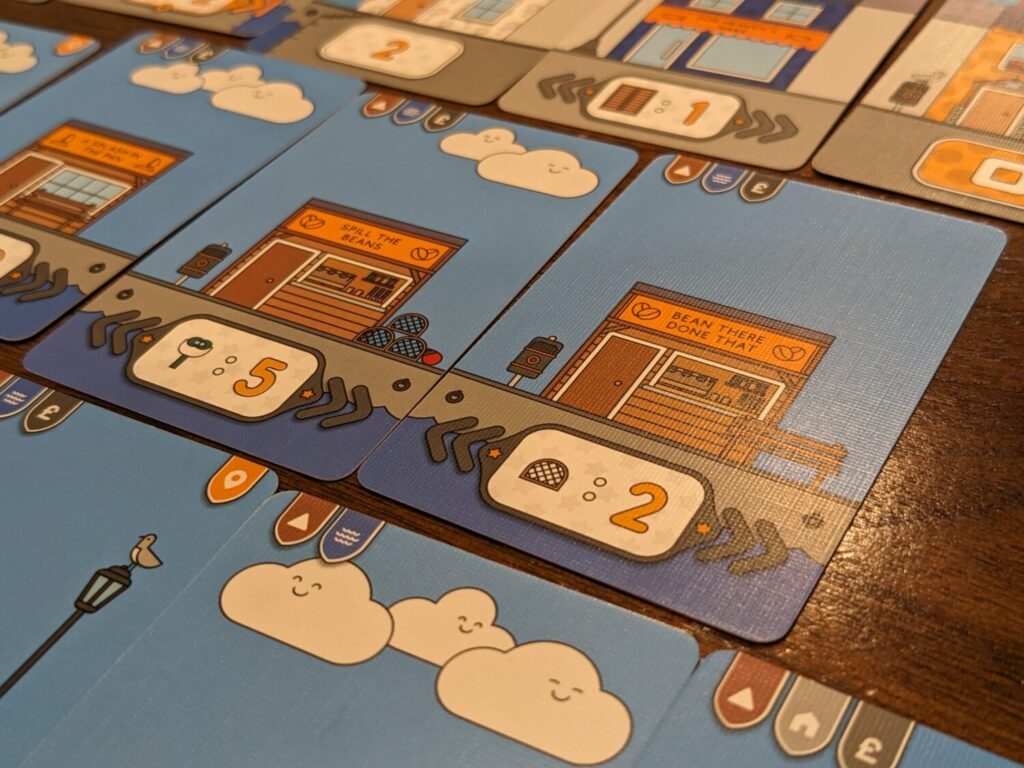
Because Tenby takes about 20 minutes to play, you will absolutely spend more time reading these rules than playing the game. I’m still laughing at the fact that on the night when I opened the Tenby box and pulled out the manual to do a quick walkthrough, I decided the game would be too much to try right before going to bed because the rulebook was so long. The next morning, I realized that was a mistake, because despite way too many words, the core mechanics of Tenby are very simple to understand.
First-time designers, please use a third party to write your rulebook!
My main issue with the rules is tied to simple efficiency. One section of the Multiplayer Rules has the header “What if a Deck Runs Out?”. Great, this is helpful to have and certainly important to understand. But that section uses 56 words, instead of the 15 words I’ll offer instead: “When a draw deck is depleted, shuffle the discard pile to form a new deck.”
The rulebook is loaded with sections like this. For a game so straightforward, so easy to parse, and so delightful, the rulebook is shockingly dense.
The other issue with Tenby is a classic double-edged sword. During the game, players must draft cards to add to their street tableaus. Each card has its own unique scoring condition, with a bunch of icons that need to appear on adjacent cards to score each individual card. Sometimes, you will find cards that score pigeons, which helps you hunt out future cards with pigeons to add to either end of that first card. Terrace and pier features range widely, from porches to lobster boxes to shutters to clouds in the sky. It makes every card a fun puzzle to explore.
At least until you have to calculate end-game scoring.
And there’s no way around it…between the individual cards and the Resident cards, I had to score 31 different cards during my first multiplayer game. I kept my finger on the active card to ensure I didn’t miss any scoring opportunities. Some cards are easy—here, this pier card scores five points straight up. Other cards score for terrace homes in different colors up to two spaces away from the scoring card. Landmark cards score for certain icon types on the entire street!
The scoring in Tenby is not delightful. Trying to add up 147 individual points across my cards, with enough nickels and dimes to make me feel like a grandparent still carrying change to the grocery store, was not “winning football”, as we say here at my house.
Luckily, every other thing about this game is glorious.
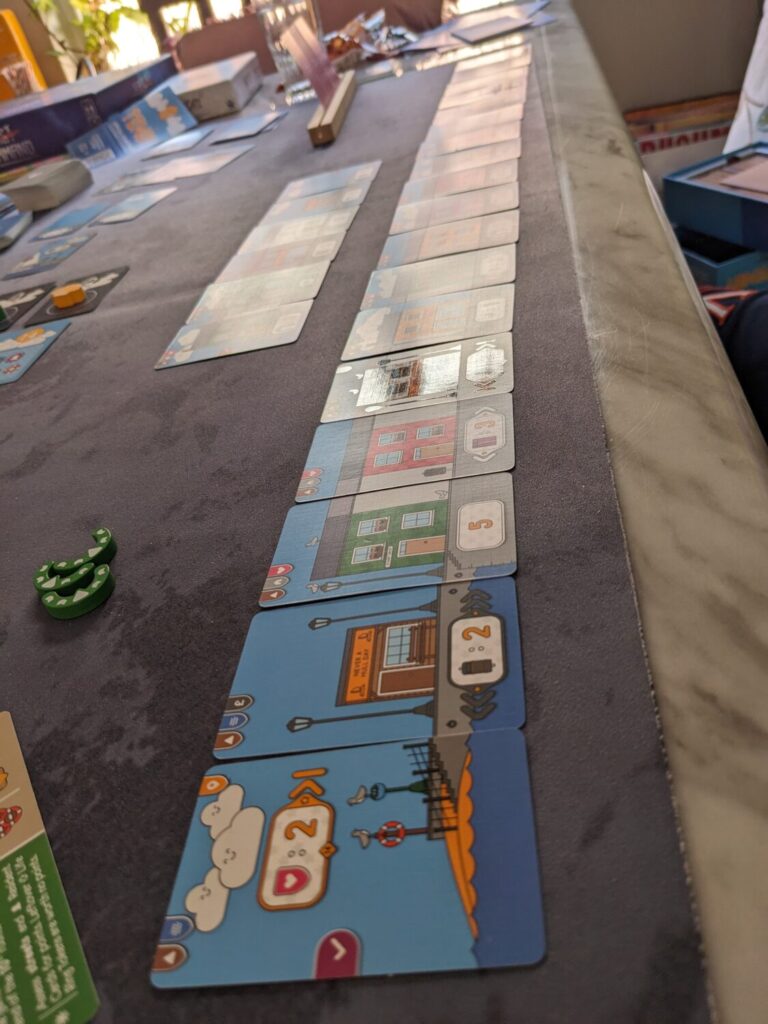
I’m Going to Tenby
Building out three or four streets in Tenby is some of the most fun I’ve had playing a game this year. Hunting for certain features during the game is great. Picking the right Day cards—this determines what you can draft during a round—was always interesting, and I am guessing this would only get better with more players and repeated plays. Even though I generally always went for the card that got me the most stuff, picking a round or two to lay up and go earlier in turn order for the next round is always a consideration.
The cards are beautiful. Talbott’s work as a rulebook writer was a bumpy ride, but their work as an illustrator is top notch and I love the style used to accentuate little things like the smiling clouds above certain scenes. I especially love the touch on the Landmark cards, by making them extra shiny when tilted in the right lighting. Round-to-round administration is easy and the solo mode is also very easy to run thanks to a simple automa that wipes certain cards from the market during each turn.
I’ll add that I absolutely recommend the Spotify playlist. There’s way too much music there for a full game, but if you do two plays, it fits just right. Tenby is a “vibe”, according to my 11-year-old, and that vibe works better with the right music. (In a funny twist, the 11-year-old heard maybe four bars of the first track in the playlist and said, “this sounds like video game music from a game I have on the Switch.”)
Set the scene and thank me later. Tenby is a great time at the table, especially if you can get a friend to teach it to you!!


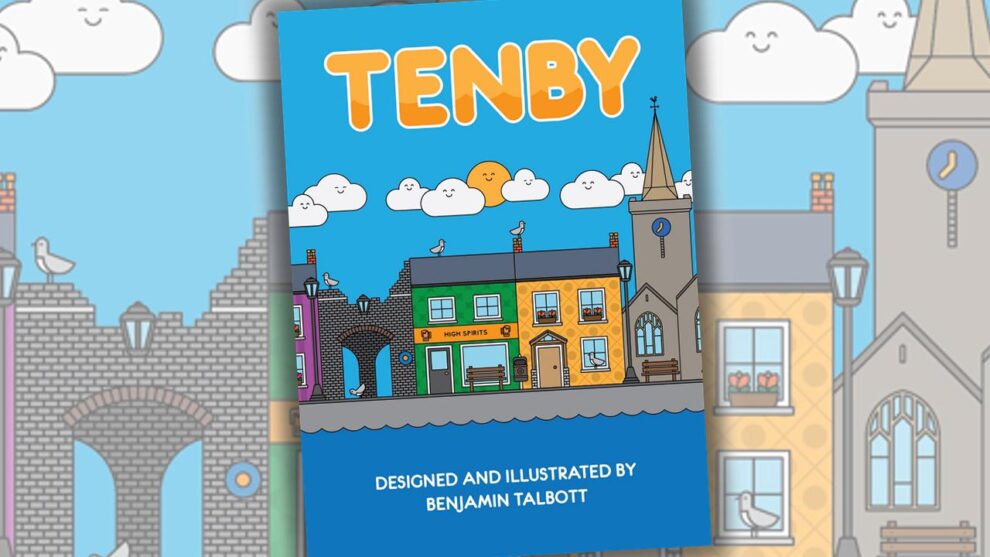


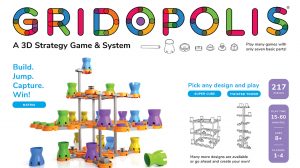



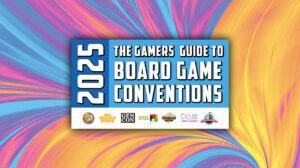

Add Comment